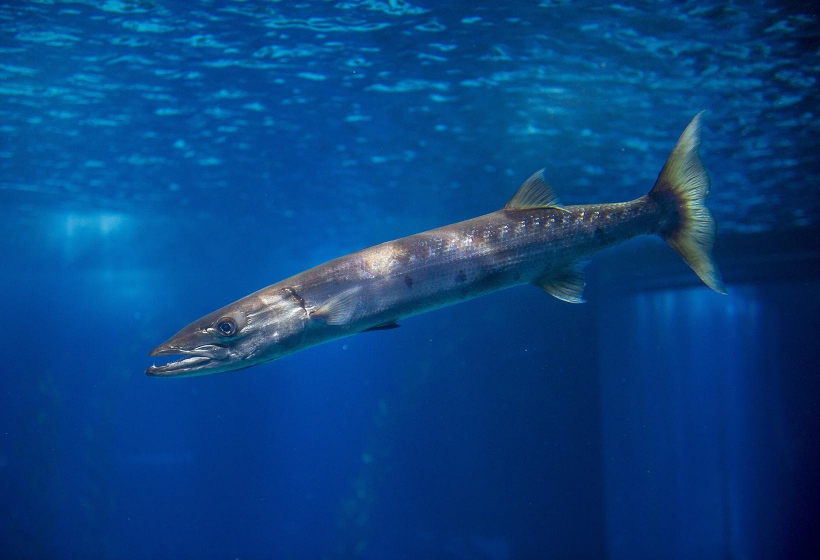Great barracuda

Biology
As juveniles, these fish form schools that shelter in shallow and protected waters of estuaries and mangrove swamps. As they grow, they move to more exposed areas, but continue to live in schools until they reach about 60 centimetres in length. At this time, they disperse and become solitary animals, which swim in waters further from the coast.
Curiosities
Barracudas are extremely ferocious predators, relying on surprise speed (they can reach up to 40 kilometres per hour), to overtake their prey. The great barracuda flesh is edible, but can cause ciguatera, as it accumulates toxins from the animals on which it feeds.
